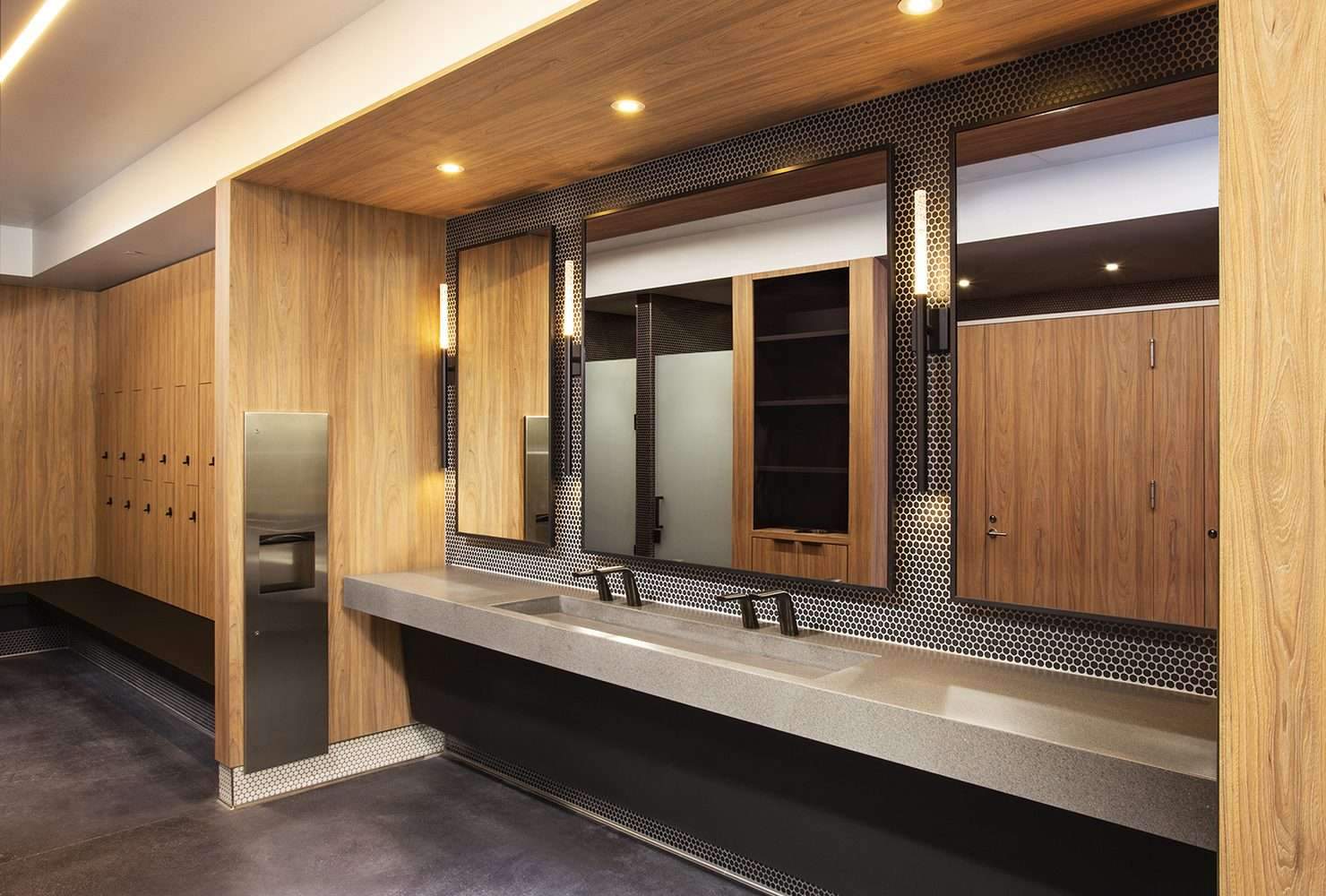Economic Turbulence Hits Markets as Trump’s Tariffs Shake the Construction Industry
April 2, 2025, marks a historic turning point for global markets as President Donald Trump’s latest round of tariffs—imposing 25% duties on auto imports and various essential construction materials—has triggered widespread uncertainty. The ripple effect of this decision is being profoundly felt by contractors, architects, developers, and consumers, leading to significant volatility in construction costs and project feasibility.
Markets React Sharply
Immediately following the announcement, global markets reacted swiftly and negatively. According to the New York Times, construction material costs, already inflated due to lingering supply chain disruptions, have surged further, complicating budgets and delaying timelines for new housing and commercial projects. Builders and developers now face unprecedented price instability, significantly affecting their capacity to accurately estimate project costs and completion schedules.
Construction Costs Escalate
The New York Times highlighted a notable increase in essential construction materials:
- Steel prices have increased nearly 22% overnight.
- Lumber prices saw a spike of 18%, further complicating affordability in residential construction.
- Aluminum and copper, key for electrical wiring and structural components, jumped 15%, impacting both residential and commercial builds.
This surge in prices directly impacts project budgets, leading contractors and architects to reconsider previously viable projects.
Airlines and Travel Industry Respond
In response to the increased economic volatility and currency fluctuations, major airlines have quickly withdrawn promotional offers and halted future ticket sales temporarily. This strategic move allows airlines to recalibrate pricing in light of the anticipated impacts on fuel costs, aircraft maintenance, and overall operational expenditures resulting from the tariffs.
Gold Prices Retreat Amid Uncertainty
Investor reactions have also impacted the precious metals market. On Friday, gold prices experienced a significant downturn as investors reassessed their risk strategies following Trump’s aggressive tariff policy:
- Spot gold prices dropped approximately 1% to $3,084 per ounce.
- Gold futures contracts declined about 0.6%, settling around $3,100.40 per ounce.
This unusual dip in gold prices, traditionally considered a safe-haven asset, underscores the complexity of current market dynamics and the unpredictable nature of investor sentiment during times of major economic shifts.
Asia’s Markets Deepen Losses
Asian stock markets, crucial to the global construction materials supply chain, witnessed significant declines:
- Japan’s Nikkei Index fell by 2.75%, marking one of the steepest daily declines in recent months.
- Similar downturns were reported in Hong Kong, Singapore, and South Korea, exacerbating fears of a broader Asian economic slowdown that could further disrupt material supply chains and raise prices.
Global Reactions and Potential Trade Wars
The international community has swiftly condemned the new tariffs, with key trading partners, including Canada, China, and the European Union, signaling their readiness for retaliatory measures. This escalation risks spiraling into a larger global trade conflict, further complicating international trade relations and supply chain logistics crucial to the construction sector.
Economists and industry experts now caution that a sustained trade war could:
- Further elevate construction costs, limiting development activities.
- Slow economic growth globally, with direct repercussions on infrastructure investment.
- Cause significant project delays and cancellations, particularly in regions heavily reliant on imported materials.
Navigating Forward for the Construction Sector
Architects, contractors, and developers face a critical juncture. The immediate task involves adapting to increased material costs and reassessing project viability. The longer-term challenge requires strategic recalibration of supply chain management, potentially exploring alternative domestic sources or innovative building materials to mitigate tariff impacts.
In conclusion, Trump’s tariff policies represent more than just economic policy adjustments; they symbolize a seismic shift in global trade dynamics. The construction industry must now brace for sustained volatility, carefully navigating new economic realities while ensuring project continuity and financial viability.





